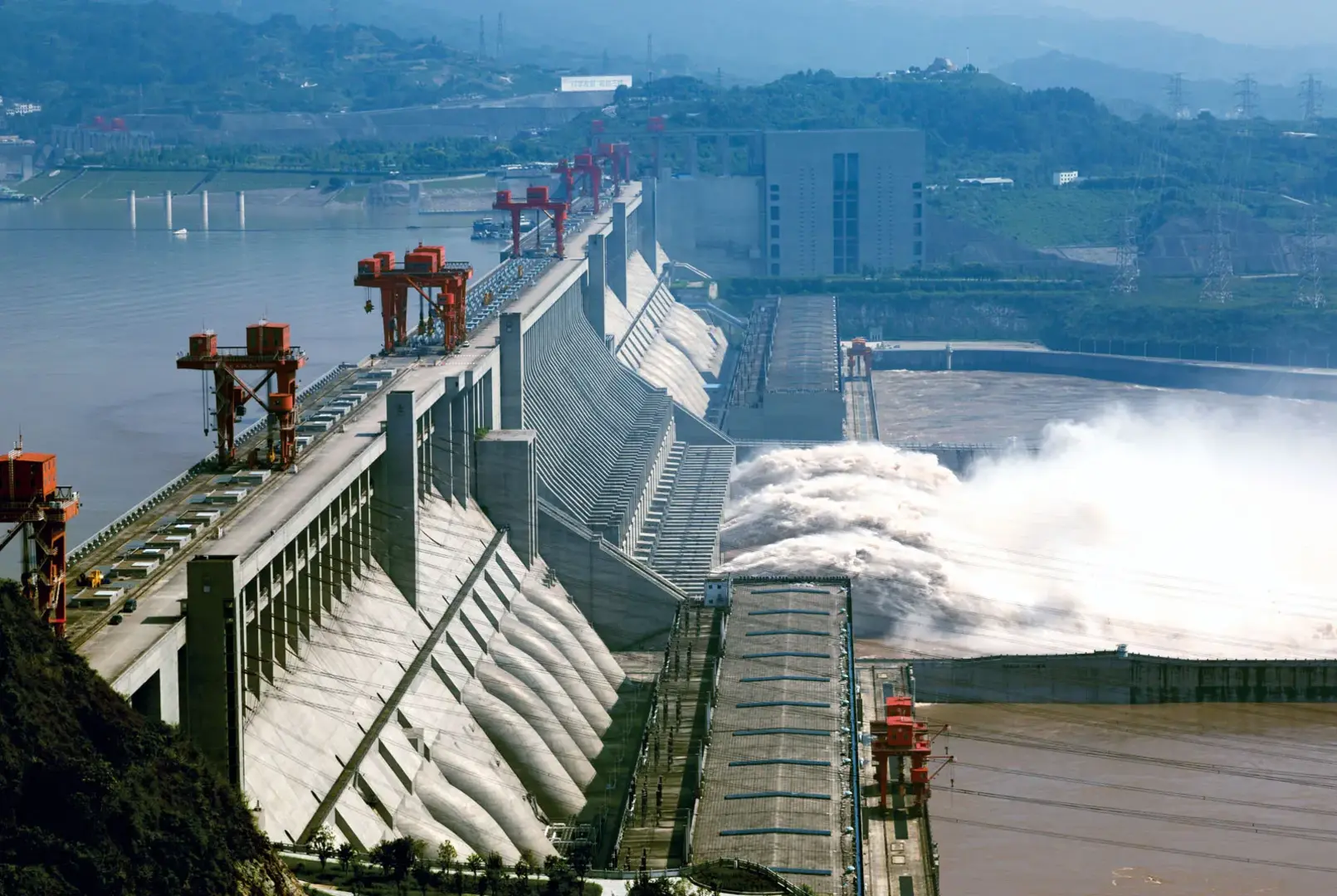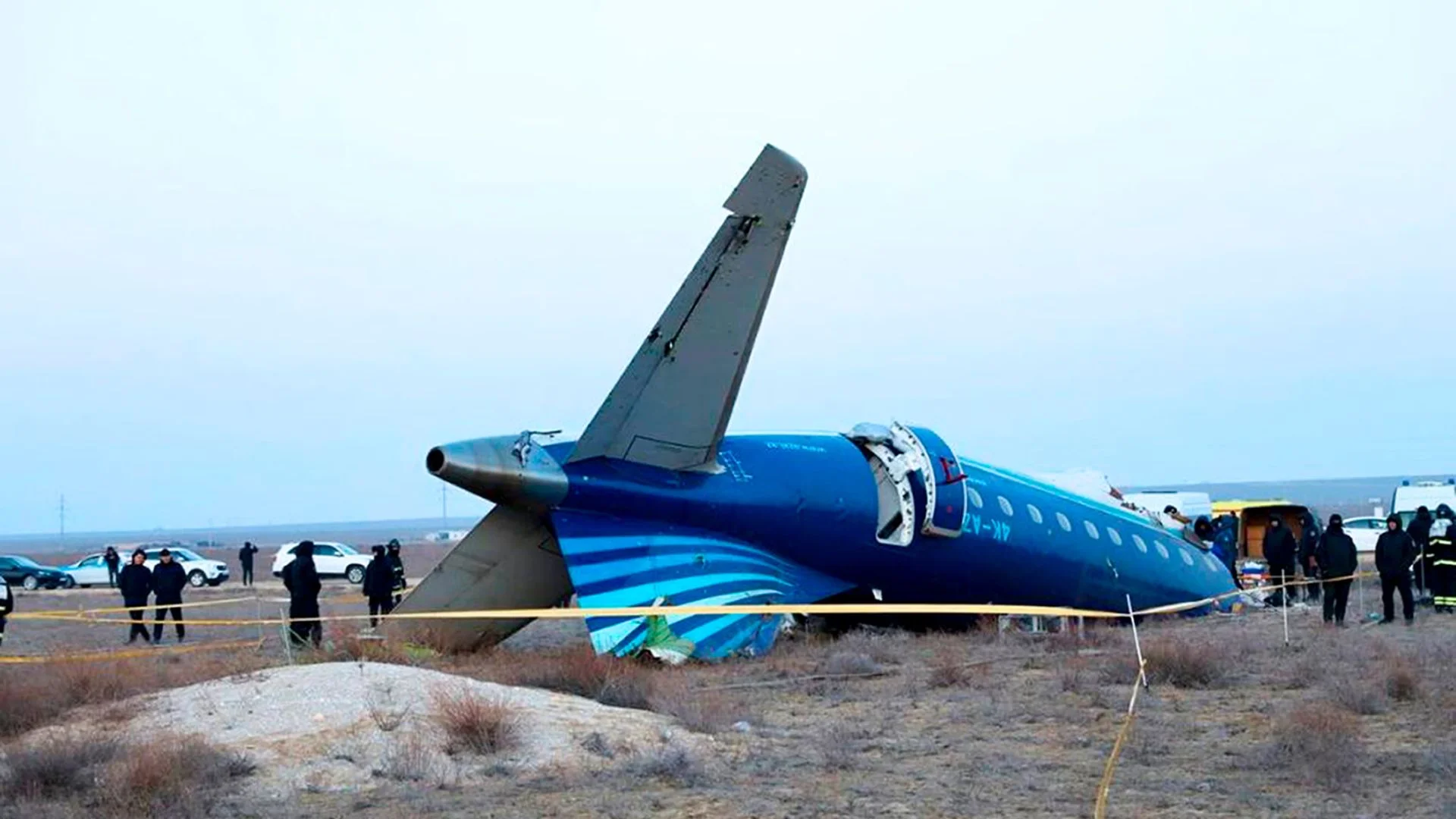NATO’s Response
NATO has announced plans to bolster its military presence in the Baltic Sea following the suspected sabotage of the Estlink 2 underwater power cable, which connects Finland and Estonia. The cable was disconnected from the grid on Christmas Day, just over a month after two telecommunications cables were severed in Swedish territorial waters. Finnish authorities have since seized a ship, the Eagle S, which they suspect may have been involved in the damage.
Suspicion Falls on Eagle S Vessel
Eagle S, a ship operating under the flag of the Cook Islands, was moving to Egypt when the officials of Finland detained it yesterday. It is said to be “sabotage” that made it suspectable after an inquiry that suggested that perhaps some part of its anchor scraped along the seabed resulting in this damage. “If the ship would have continued further, probably some more damage could have occurred, said Finnish President Alexander Stubb. It is believed that the Eagle S is part of Russia’s “shadow fleet,” a fleet of ships used to smuggle Russian oil products, which are under embargo since the invasion of Ukraine.
Coordinated Efforts
Following the incident, Finland has called for more support from NATO, with President Stubb calling for a stronger military presence in the region. NATO Secretary-General Mark Rutte has expressed full support, confirming that NATO would enhance its military operations in the Baltic Sea. NATO did not provide specifics on the deployment but promised to increase vigilance in protecting the region’s critical infrastructure.
Impact on Baltic Nations and Energy Security
This might take months to repair Estlink 2, with estimates suggesting that repairs would take until August, potentially making electricity more expensive in the winter. Meanwhile, Estonia has sent its navy to patrol the waters around Estlink 1 cable in a bid to deter more attacks. Sweden has increased maritime surveillance, adding patrols and aircraft to guard its undersea infrastructure.
The Baltic nations continue to accuse Russia of escalated hybrid warfare tactics, in the form of attacks against energy infrastructure since the initiation of the war in Ukraine. Russia denies involvement with these attacks, but these happen so frequently that many people in the region find themselves concerned.























